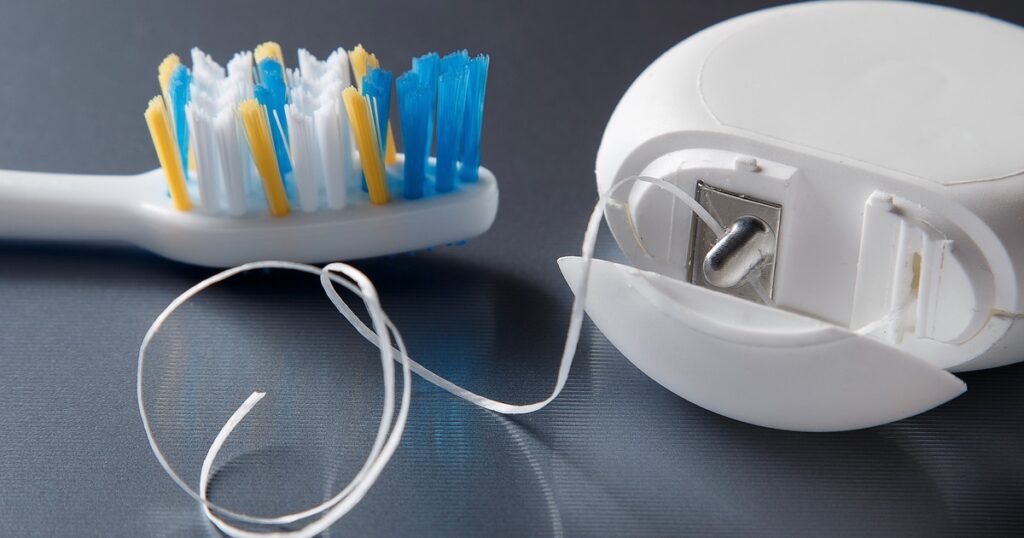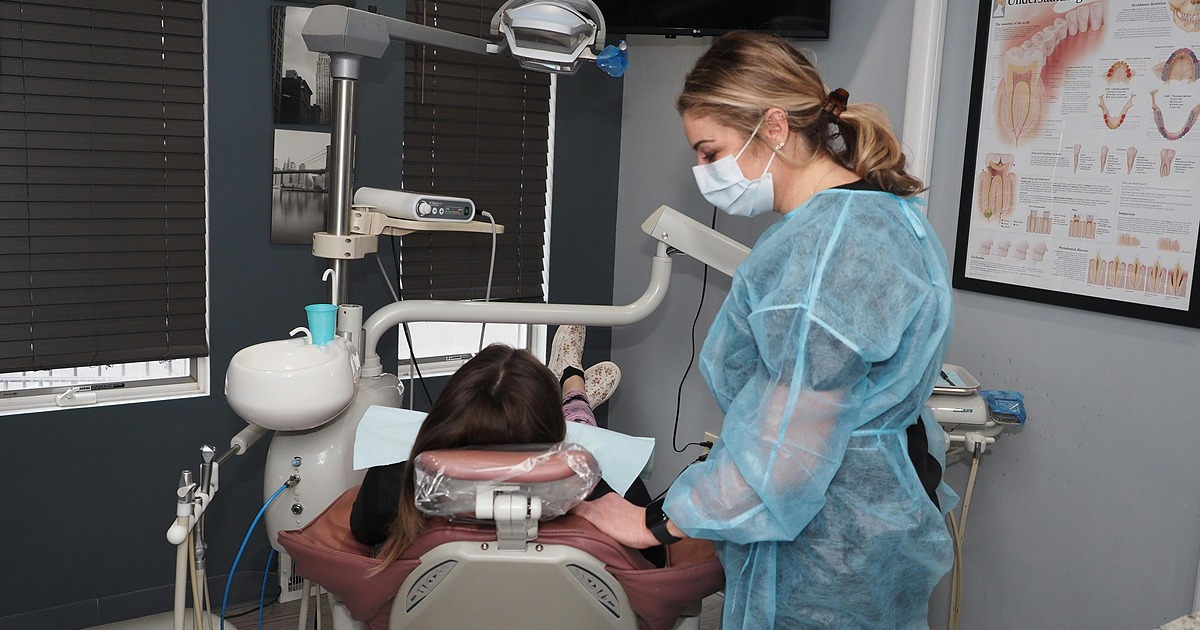Before and After Deep Dental Cleaning: Results & Benefits

Deep dental cleaning, also known as scaling and root planing, is a crucial procedure for patients with gum disease or heavy plaque buildup. Many people wonder about the before and after effects—how their teeth will look, feel, and function. This guide explains everything you need to know.
What Is Deep Dental Cleaning?
Unlike a standard dental cleaning, deep cleaning targets:
-
Plaque and tartar below the gum line
-
Bacterial buildup causing gum inflammation
-
Pockets between teeth and gums that can lead to periodontal disease
It’s recommended for people with gingivitis, periodontitis, or significant tartar accumulation.
Before Deep Cleaning
Before the procedure, teeth may have:
-
Visible plaque or tartar buildup
-
Yellow or brown stains
-
Inflamed or bleeding gums
-
Bad breath due to bacterial growth
A dental examination and X-rays are usually taken to assess the severity and plan the treatment.
During the Deep Cleaning
The dentist or hygienist will:
-
Scale: Remove plaque and tartar from below the gum line.
-
Root Planing: Smooth the tooth roots to help gums reattach.
-
Polish: Optional polishing to remove surface stains.
-
Fluoride Treatment: Strengthens enamel and reduces sensitivity.
The procedure may take 1–2 hours and may require multiple sessions depending on gum health.
After Deep Cleaning
After the treatment, patients often notice:
-
Cleaner, smoother teeth
-
Reduced gum bleeding and inflammation
-
Fresher breath
-
Slight sensitivity for a few days, which usually subsides
Some patients also report improved confidence due to a brighter, healthier smile.
Before and After Results
| Feature | Before Cleaning | After Deep Cleaning |
|---|---|---|
| Plaque & Tartar | Visible, hard buildup | Smooth, clean surfaces |
| Gum Health | Inflamed, bleeding | Reduced inflammation, healthy |
| Breath | Noticeably bad | Fresher, less odor |
| Appearance | Yellowish, stained | Whiter, polished |
Tip: Take a before-and-after photo to see the improvement and track oral health progress.
How to Maintain Results
-
Brush twice daily with fluoride toothpaste
-
Floss every day to prevent plaque buildup
-
Visit your dentist for regular checkups every 6 months
-
Avoid excessive sugary or acidic foods
-
Use an antibacterial mouthwash if recommended
FAQs: Deep Dental Cleaning
1. Is deep cleaning painful?
Local anesthesia is usually used, so discomfort is minimal. Mild soreness may last a few days.
2. How often do I need deep cleaning?
Typically once for active gum disease, followed by maintenance cleanings every 3–6 months.
3. How quickly will I see results?
Visible improvements in cleanliness and gum health are noticeable immediately after treatment.
4. Can deep cleaning whiten teeth?
It removes stains and tartar, making teeth appear brighter, but it is not a whitening procedure.
Final Takeaway
Deep dental cleaning is highly effective in removing plaque, tartar, and improving gum health. Before-and-after results can be remarkable, showing cleaner, healthier, and brighter teeth. Maintaining good oral hygiene afterward ensures long-lasting results.








